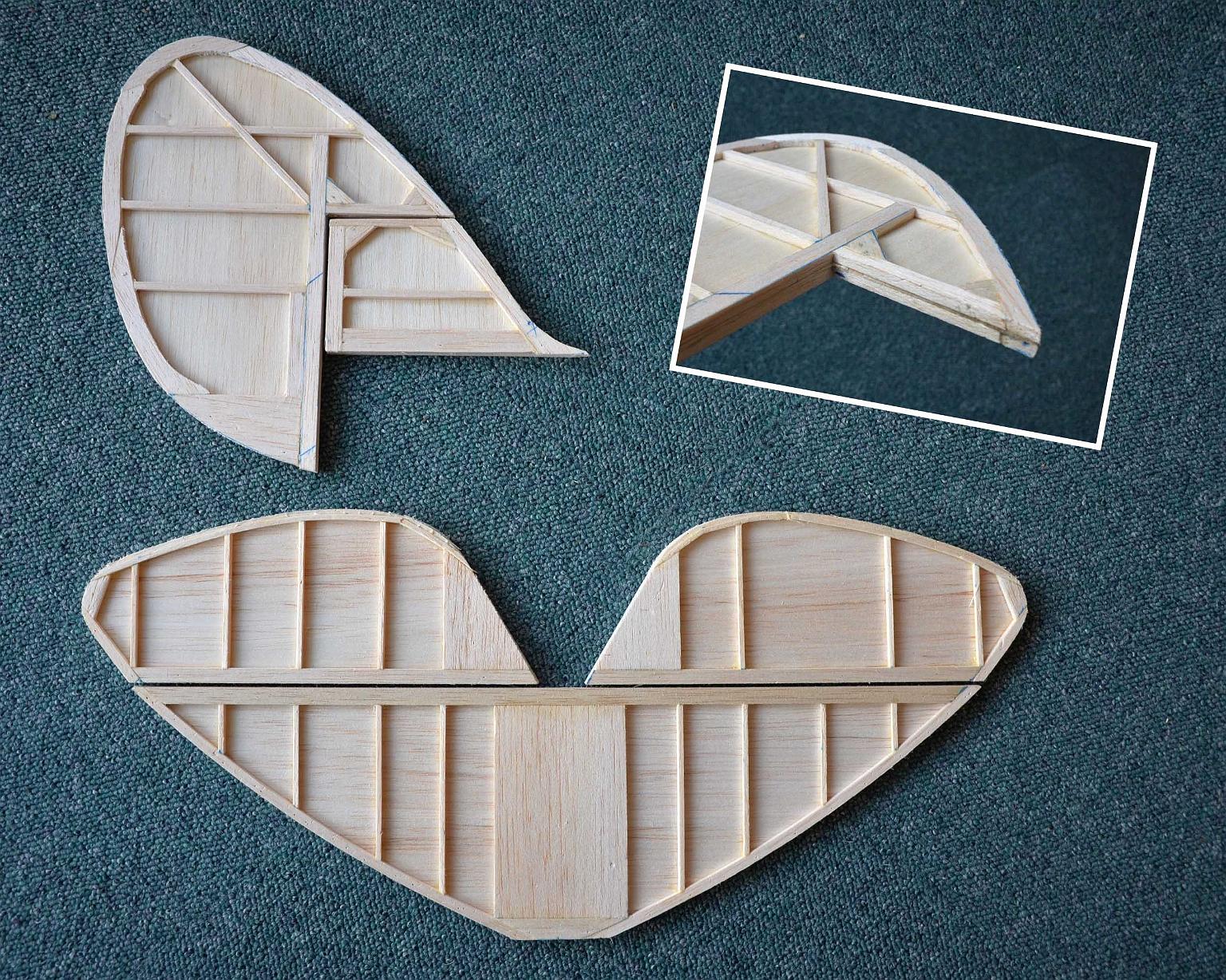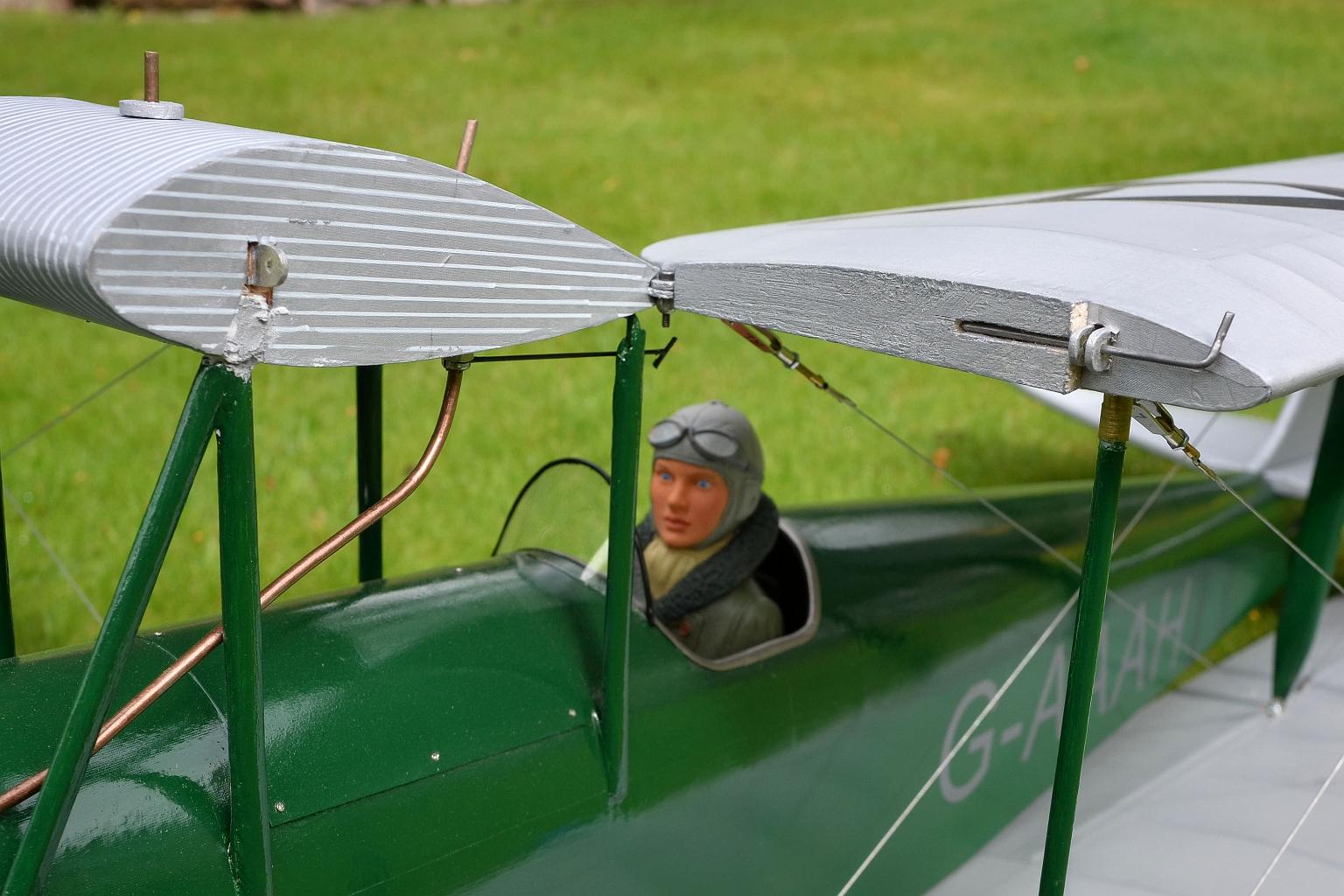

Mike's Homage to Amy Johnson (Part 1)
 On 5th May 1930, from Croydon Airport, an intrepid Amy Johnson took off in her
Gipsy Moth, which she had named ‘Jason’, on her epic flight to Australia. The
first part of her 11,000 mile journey took her to Vienna and Constantinople, then a
hair-raising flight over the Taurus Mountains dodging swirling banks of cloud and narrowly
missing high mountain peaks, took her to Aleppo in the Syrian desert.
On 5th May 1930, from Croydon Airport, an intrepid Amy Johnson took off in her
Gipsy Moth, which she had named ‘Jason’, on her epic flight to Australia. The
first part of her 11,000 mile journey took her to Vienna and Constantinople, then a
hair-raising flight over the Taurus Mountains dodging swirling banks of cloud and narrowly
missing high mountain peaks, took her to Aleppo in the Syrian desert.
Between Aleppo and Baghdad she was forced down by a sandstorm and had to land in the middle of nowhere. With stops at Jhansi and Allahabad, she made it to Calcutta, but on the next leg suffered a bad landing, damaging her aircraft. The repairs held up her progress for several days, and at the same time dashed her hopes of beating Bert Hinkler's record of fifteen and a half days (for the same journey). A frightening flight over the Burmese jungle where an engine failure would have meant a possible meeting with unfriendly tribesmen, took her to Rangoon. Then on to Bangkok, Singapore and Timor Island. What lay ahead was a flight over a stormy and treacherous sea to Port Darwin. Fighting fear, loneliness and exhaustion, and praying that her faithful ‘Jason’ would hang together for the duration, she eventually completed the journey and arrived at Port Darwin to a tumultuous reception from the local population. The date was 24th May, and she had become the first woman pilot to fly from England to Australia. In recognition of her achievement, she was awarded the C.B.E. by King George V and given £10,000 from the Daily mail.
On examination after the flight, the aircraft was found to be in an appalling condition; propeller nuts were dangerously loose, there was almost no compression on two of the four cylinders and the spark plugs had seized. Despite all this, all that was needed was routine attention and the plane was back in perfect order! A fine testimony to the quality of the De Havilland airframe and engine. This very aircraft can now be seen hanging in the Science Museum, Kensington.
Having decided that I would like to build a model of this famous bi-plane, I set about finding a suitable plan. Remembering a plan in the old Plans Handbook, I took a look at the Sarik Hobbies web-site and managed to procure a copy of RC135, the very plan - a 1/6 scale model by M P Sun. But when I examined the plan, I was disappointed on several counts; the model was big, the amount of scale detailing was more than I was prepared to take on and the use of the RAF-15 wing section would further complicate things. A bit discouraged, I had a word with our De Havilland guru, Mr Jamieson at this point. Jim quickly put me on the right track and at our next meeting, furnished me with a folder-full of De Havilland cuttings and in particular the Gipsy Moth. Included was an A4 sheet of a Gordon Whitehead plan for a sport scale DH60, ⅛th scale and complete with a Clark-Y section! This ticked all the boxes.
A free download of Gordon's plan was taken off the internet and the file taken off to the local printing shop. I had the plan printed slightly enlarged so that I could build the model to a scale of 1-in-7, giving me a span of 52 inches. The picture attached shows the fuselage well under way, ready for the top and bottom sheeting, block balsa around the nose, and the hatch incorporating the Gipsy engine mock-up. As you will be able to tell from the piecemeal construction of the nose structure, the electric conversion process was a bit of a challenge! But eventually I was able to install the 3547-960 outrunner in the correct position and at the specified 3° downthrust and sidethrust. The observant among you will have noticed the lack of wing fixing provision, this is because my Moth will have folding wings, just like the real thing! Tailplane and fin construction was using the tried and tested sandwich method resulting in a strong but light structure.



Mike's Homage to Amy Johnson (Part 2)
In Part 1, I described how the inspiration came for me to build a scale model of Amy Johnson's Gipsy Moth, and outlined the basic construction of the fuselage and tail feathers from a slightly enlarged Gordon Whitehead plan. As if the challenges of the IC to electric conversion was not enough, I elected to go for folding wings (as per the original) as well! Little did I know what I was letting myself in for, but it did help pass the winter months (and lockdown) very well!
The basic wing construction went ahead without problem, although modifications had to be made at the wing roots to enable me to insert the plates necessary for forming the hinges and locking devices for the folding wings. After some deliberation, I opted to make these plates from 1.5mm glass fibre sheet, this being the easiest material for me to work with. Great accuracy was required in the positioning of these plates for obvious reasons.
Now was the time for doing the rigging wires. A bit of research on the forums helped me along with various ideas and inspiration, as not only was this a new skill for me, it was a vital structural part of the bi-plane. I had to find solutions for the wire, the fixings and the turnbuckle devices before I could progress. With the price of bespoke rigging plates and turnbuckles being a bit scary, I opted to do it the cheap way, namely 50lb fishing trace for the wires, brass ferrules for crimps, and solder tags for the fixings, all from ebay The socket head 10mm self-tapping screws and metal clevises came from Model Fixings.


With the construction complete, I was able to turn my thoughts to covering and finishing. I chose Solartex for the covering and the finish, brushed Humbrol enamel. Two generous coats of Brunswick Green made a decent job on the fuselage, but when it came to ‘brushing on’ the silver to the wings, I realised I had problems! However, by accident, I discovered that by immediately wiping the paint off with paper towel, I was able to achieve an almost sprayed finish look to the silver paint.
Now to the detailing. My ‘Amy Johnson’ figure was by Dave Banks and thanks must go to Brian Cullen for that excellent pointer, a great job! How to represent the Gipsy Engine up front, was my next problem. Luckily, I happened to have in my junk drawer, some dummy engine cylinders from many moons ago, which, although not the correct diameter, could be made to look reasonably realistic. Exhausts were done by rolling litho plate round a suitably sized dowel. I thought long and hard about the fuel tank corrugations (above the cabane) and in the end, simply drew lines using a white-liner straight on to the silver paint, and it looked quite effective!
The maiden flight was carried out in perfect conditions at Kerloch, and witnessed by Brian Cullen who kindly took the photographs. A few clicks of down, and she (he?) was flying perfectly!
All in all, a wonderful model and a great build. But I would hasten to add that it's probably the first and last time I would take on folding wings!
Statistics:
| Span | 1.32m | 52ins | ||
| AUW | 1560g | 55oz | ||
| Wing Loading | 10.7oz/ft | |||
| Power Train | 3s-2600mah | 40A with BEC | Outrunner 3547/960kv | 12 x 6 wood |
| Flight Time | 13 minutes |
Mike Pirie
(Photos - Mike Pirie / Derek Robertson)
click on left or right of picture to move through
slides
click off picture to return to this page